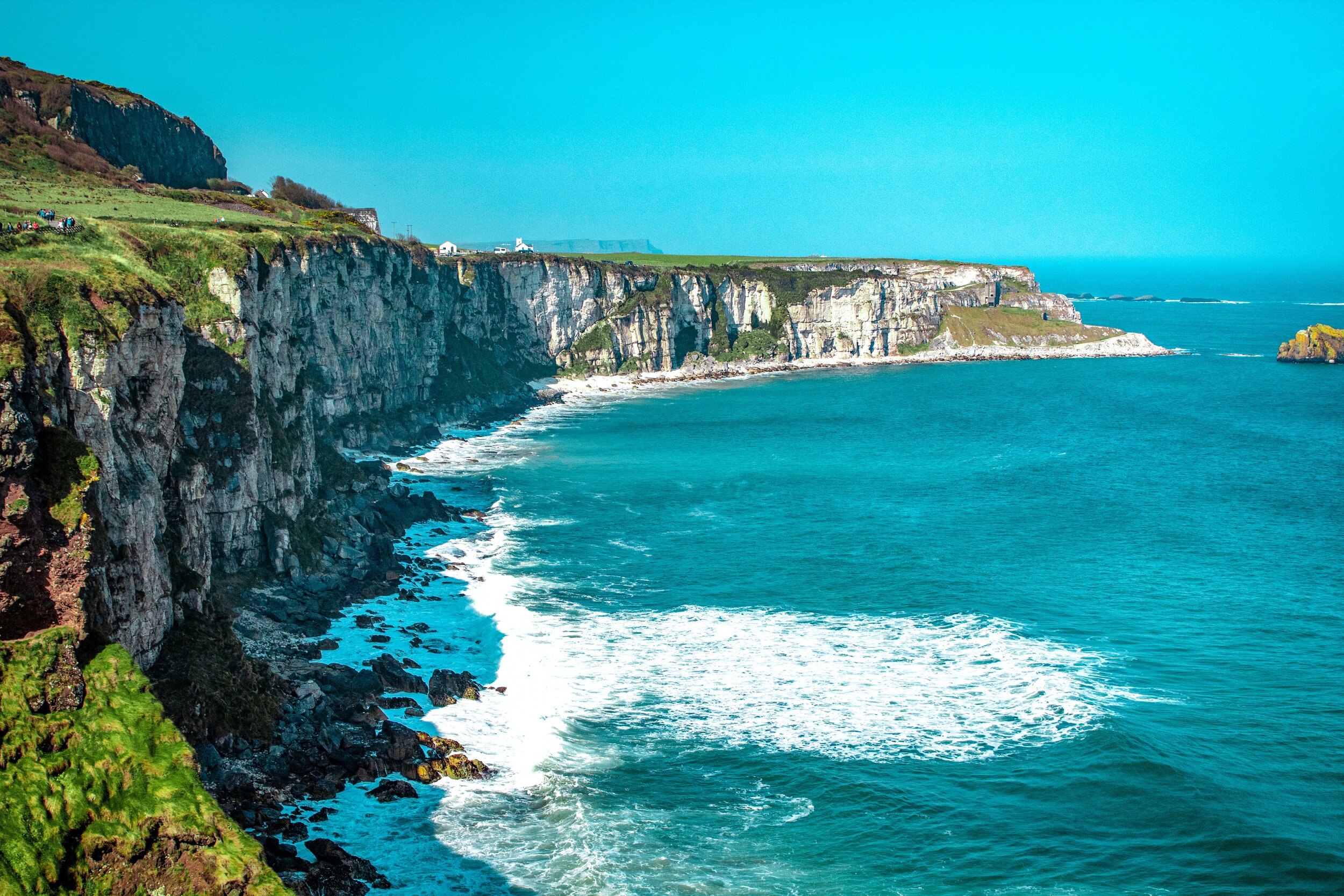
Irish Whiskey
Origins
Irish whiskey, uisce beatha (water of life), is one of the oldest distilled spirits in all of Europe. Distilling of Irish whiskey can be dated back to the 12th century when Irish monks began distilling it to preserves aromas and herbs (an early version of perfume actually!). Eventually this early distillation was changed and it became a fully drinkable spirit.
Modern Irish whiskey can be dated back to the early 17th century when King James I granted the first license to distill Irish whiskey. Of course, this granting of licenses gave-way to the collecting of taxes by the Crown. Those paid taxes were creating “Parliament” whiskey and those didn’t - illegally - were making “Poitín” whiskey. This poitín whiskey was made in small copper pots very similar to the copper pot stills that Irish whiskey is made in today.
Irish whiskey exploded in popularity in the 1700s and continued to grow well into the 1800s. Irish whiskey was more popular than ever. At it’s peak, Dublin distilleries located in the Golden Triangle - the area in which the most industrious distilleries were located - were producing nearly 10 million gallons of Irish whiskey per year. So why then isn’t Irish whiskey still the most popular in the world?
There are a few reasons for this. Firstly, that Scotch was becoming more popular due to the invention of the Coffey still that drastically increased its production. Ireland was also entrenched in its own War of Independence that was followed by an internal civil war and then a trade war with Britain. Then its largest importing partner, The United States, entered prohibition. Irish whiskey was almost entirely wiped off of the map and extinct and only two distilleries were remaining by the 1970s - The New Middleton Distillery and The Old Bushmills Distillery.
Luckily, Irish whiskey saw its reemergence in the 1980s with the help of John Teeling and Pernod Ricard. Teeling would actively work to reopen old distilleries all over the country and Pernod Ricard purchased Irish Distillers at The New Middleton Distillery and began to heavily export Jameson internationally with its large commercial and marketing engine. Today, Irish whiskey is one of the fastest growing spirit categories in the world, and rightly so!
What Makes it Irish Whiskey?
While not as open to all alterations as Canadian whisky, Irish whiskey makers have a tons of room to create traditional whiskeys while also exploring and creating new expressions of their national spirit.
Standard Legal Definitions:
● It must be produced in Ireland
● It is made from cereal grains
● It is fermented by the action of yeast
● It can only be distilled to a maximum of 189.6 proof
● It must be aged in Ireland for at least three years
● The wooden casks used for aging can be no larger
than 185 gallons (700 liters)
● Bottled at a minimum of 80 proof
● It has no added substances other than coloring
Malt Irish Whiskey
● Can be made from only water and malted barley
● Must be made at a single distillery
● Must be made in pot stills
Pot Still Irish Whiskey
● Can be made from malted and unmalted barley
● Must be made in pot stills
Grain Irish Whiskey
● Can be made from unmalted grains
● Must be made in a continuous still
Blended Irish Whiskey
● A blend of Irish whiskeys made in a pot and column still
Tasting Notes & Popular Expressions
Irish whiskeys have the benefit of being well-versed in tradition while also having the advantage of being able to create new and unique flavor profiles with aging processes and blending. The most common flavors that you’ll find in Irish whiskeys are vanilla, oak, light fruit, subtle smokiness, dried spices, honey comb, nuttiness, and light floral aromas.
Suggested Brands - Teeling Single Malt,
Teeling Single Pot Still, Green Spot,
Pearse Lyon’s Cooper’s Select Sherry Cask Finish,
Writer’s Tears, Redbreast 12 Year
Suggested Cocktails - Tipperary, Irish Coffee, Psycho Killer, & Irish Maid
